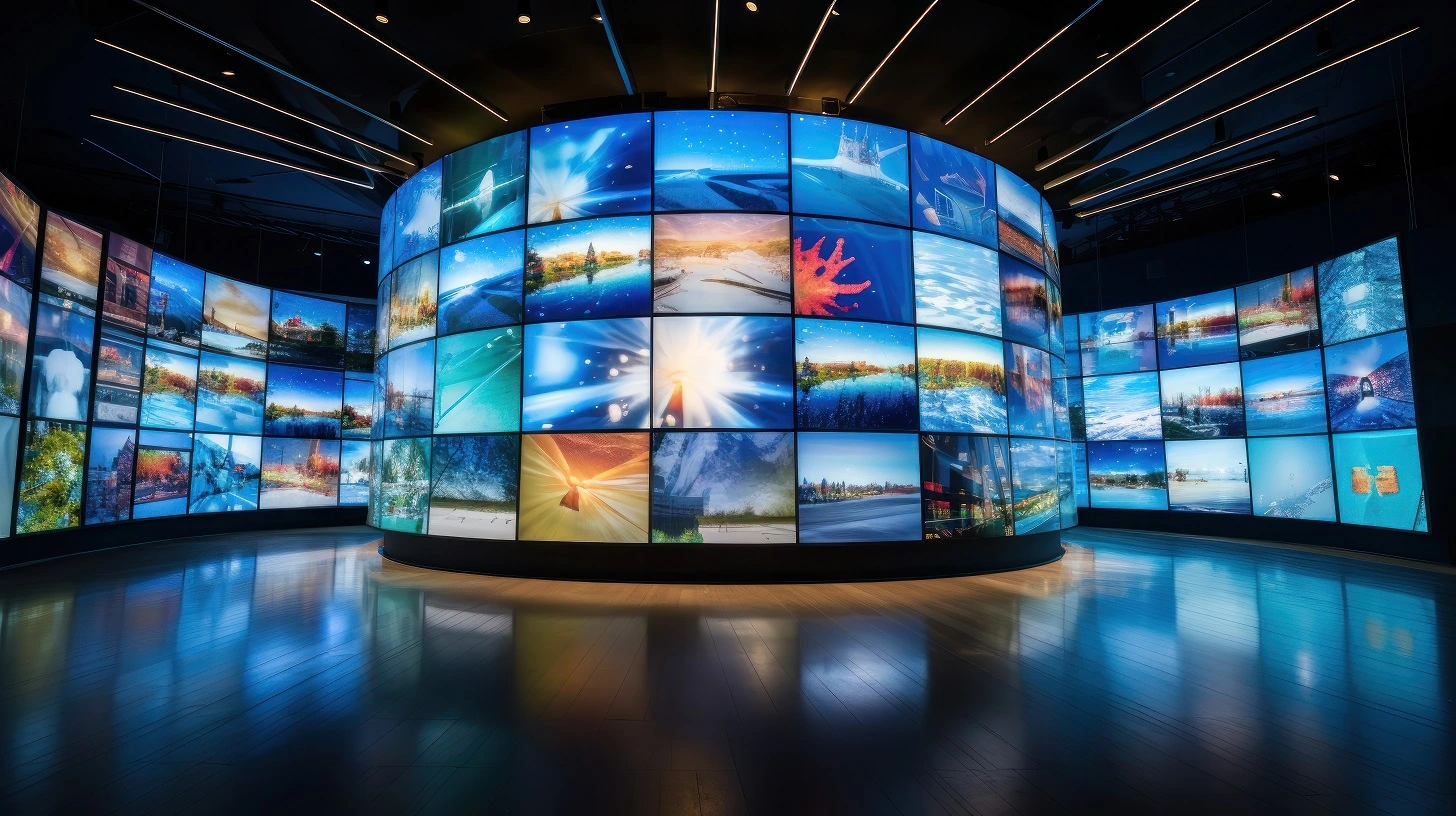Explaining Luminescent Wall Screen Illumination Metrics aiming at Optimal Visual Effectiveness
Explaining Luminescent Wall Screen Illumination Metrics aiming at Optimal Visual Effectiveness
Blog Article
LED panel panels are increasingly popular across various settings, from homes to businesses as well as public spaces. These panels are known for the bright as well as dynamic visuals, which make them ideal for conveying information, advertisements, and entertainment. Nevertheless, comprehending brightness illumination levels for Light Emitting Diode panel screens remains crucial for ensuring optimal display efficacy. Illumination can be quantified using metrics known as candelas, that indicate how much light is emitted from a panel. A higher the number of nits, the brighter the display is. For instance, instance, one panel boasting one thousand candelas is significantly brighter than a featuring five hundred nits, making it more suitable in well-lit environments.
As you selecting an LED wall panel, it is important in take into account which setting in which it will be used. In well-lit illumined spaces, like retail environments and open-air locations, higher increased luminosity rate becomes essential for guaranteeing clarity. Conversely, in darker settings, like theaters or conference rooms, a diminished illumination rate might suffice. This is because excessive because unnecessary luminosity within an dim setting may result to discomfort for viewers, causing it harder to focus on the display. Therefore, understanding the specific requirements of the installation location can help in selecting a suitable illumination rate to ensure optimal visual experience.
A further crucial element for take into account is the contrast ratio of an Light Emitting Diode panel screen. This Go Here contrast ratio measures the difference between the most luminous white versus the dark black which a screen is able to create. A higher contrast ratio means that it is capable of present greater clarity and depth, which enhances general visual clarity. For example, one screen with a contrast ratio of ten thousand to one is able to show visuals with greater vivid colors as well as crisper features than one with a proportion at one thousand to one. Such becomes particularly important when displaying visuals and motion graphics that require high definition as well as fine details, including presentations or promotional material.
Additionally, the technology technology Web Site behind LED panel screens has an crucial part in their brightness and overall performance. Different kinds in Light Emitting Diode technologies, including Organic Light Emitting Diode and LCD, have distinct traits that affect the way luminosity is experienced. Organic Light Emitting Diode screens often provide better contrast as well as darker blacks, which may improve the viewing experience within dim environments. On the other hand, traditional Light Emitting Diode screens may be more suitable in well-lit spaces because of their ability for produce higher levels in illumination. Understanding these technological variances will guide consumers in making knowledgeable decisions based on their individual requirements.
In conclusion, consistent maintenance and adjustment of LED panel panels can assist preserve optimal illumination as well as performance long-term. Dirt and particles may build up on a screen, affecting its illumination as well as clarity in the display. Regular washing and professional adjustment can ensure the panel screen operates at top best, offering uniform image clarity. Moreover, some sophisticated LED wall screens come with integrated options that allow operators to modify illumination levels as well as color adjustments based on their wants. By implementing such steps, operators can ensure the their Light Emitting Diode wall panels provide an best visual efficiency, regardless of where environment where that they are placed.